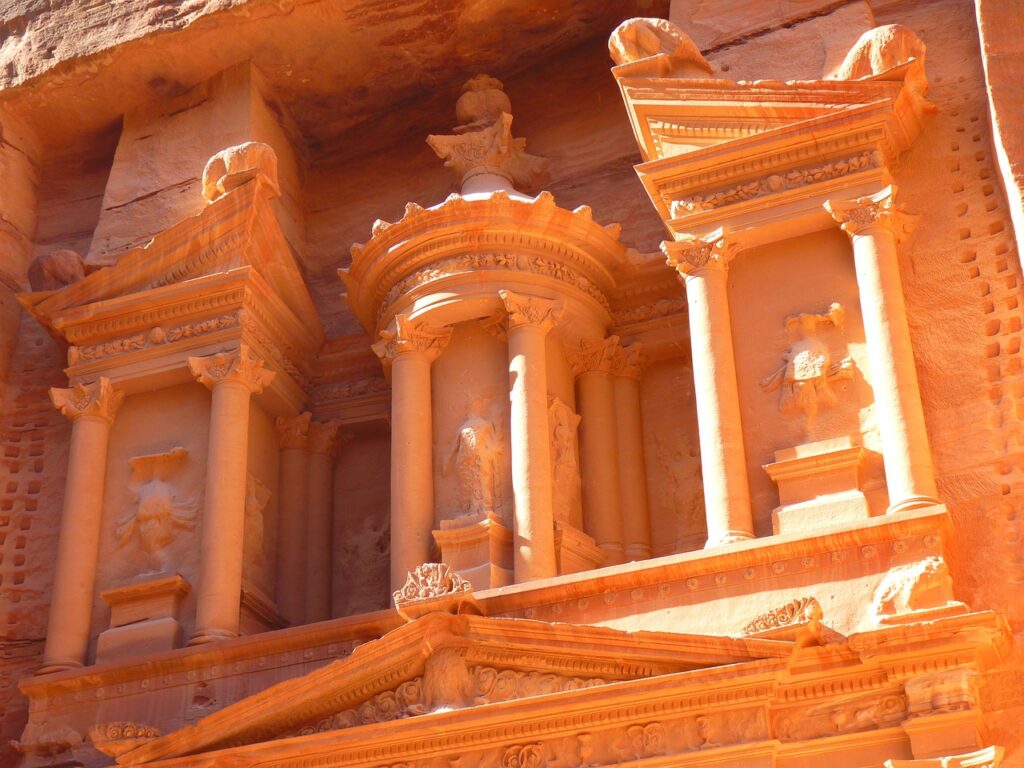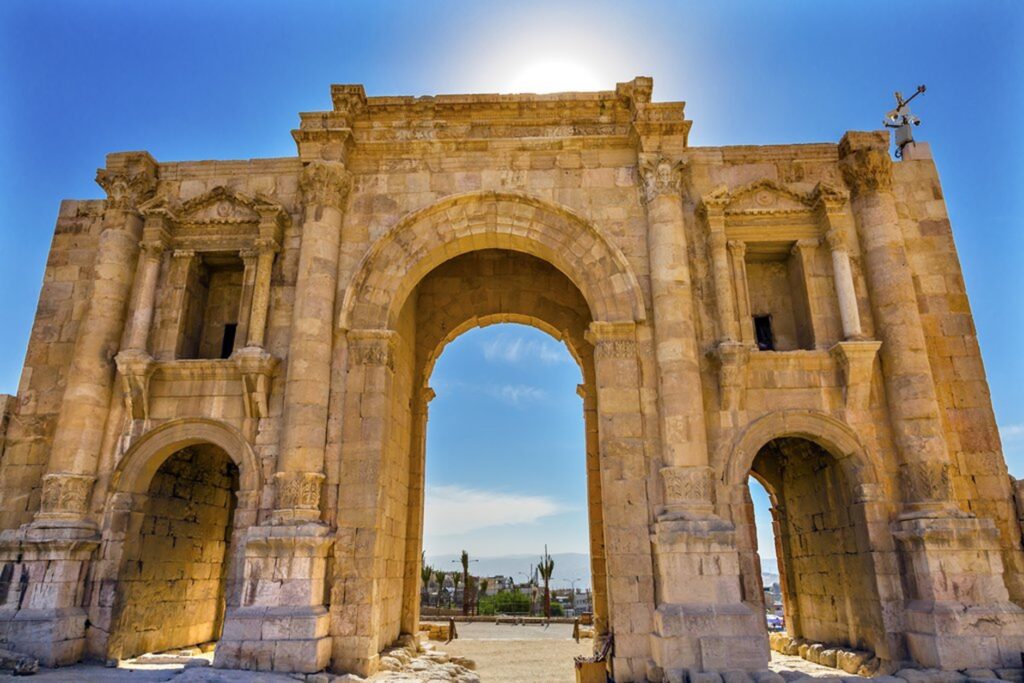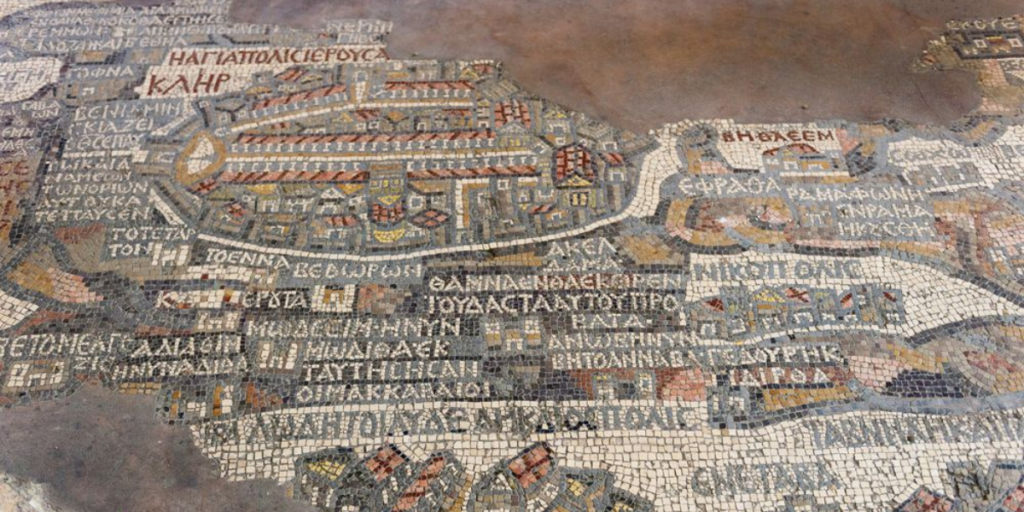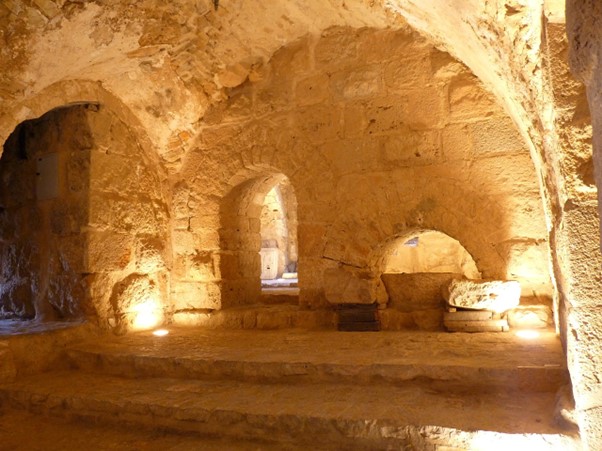Top 10 Tourist Destinations in Jordan

1. Petra
Petra, often referred to as the “Rose City” due to the pink-hued sandstone cliffs, is one of Jordan’s most iconic archaeological sites. Carved directly into vibrant red, white, pink, and sandstone cliff faces, the city of Petra was established around the 6th century BC by the Nabataeans, an ancient Arab people. The site encompasses several remarkable structures including the famous Treasury, the Monastery, and the ancient tombs and temples, all of which reflect a blend of Hellenistic and Eastern traditions in their architecture.
Exploring Petra offers a unique journey through history and ancient architecture. Visitors can walk through the Siq, a narrow gorge that leads to the Treasury, enjoy the scenic beauty of the Petra Archaeological Park, and hike up to the Monastery for a breathtaking view of the surrounding landscape. Petra’s historical significance, combined with its stunning architectural and natural beauty, makes it a must-visit destination for travelers in Jordan.

2. Wadi Rum
Wadi Rum, also known as the Valley of the Moon, is a protected desert wilderness in southern Jordan. Famous for its red-pink sands, towering cliffs, and rock formations, Wadi Rum offers an otherworldly landscape that has served as the backdrop for numerous films, including “Lawrence of Arabia” and “The Martian.” The area is inhabited by Bedouin tribes, and visitors can experience traditional Bedouin hospitality and culture by staying in desert camps.
Activities in Wadi Rum include jeep tours, camel rides, hiking, and rock climbing. The area is also known for its ancient petroglyphs and inscriptions, which provide a glimpse into the lives of the people who have inhabited the region for thousands of years. A night spent under the stars in Wadi Rum, with its clear skies and serene environment, is an unforgettable experience that connects visitors to the timeless beauty of the desert.

3. Dead Sea
The Dead Sea, located at the lowest point on Earth, is a salt lake bordered by Jordan to the east and Israel and Palestine to the west. Known for its high salinity, which makes swimming more like floating, the Dead Sea is a popular destination for its therapeutic properties and stunning natural beauty. The mineral-rich mud and waters are believed to have health benefits and have been used for centuries for their healing properties.
Visitors to the Dead Sea can relax on its shores, indulge in mud baths, and enjoy the health benefits of its unique waters. The surrounding landscape, characterized by rugged mountains and tranquil waters, provides a picturesque setting for rest and rejuvenation. The Dead Sea is not only a natural wonder but also a place of historical and biblical significance, making it a multifaceted destination for travelers.

4. Jerash
Jerash is one of the best-preserved Roman cities outside of Italy, offering a glimpse into the grandeur of ancient Roman architecture and urban planning. Known for its impressive ruins, Jerash features a large forum, colonnaded streets, temples, theatres, and public plazas that date back to the 1st century AD. The city’s well-preserved structures showcase the prosperity and cultural richness of the Roman Empire at its height.
A visit to Jerash allows travelers to step back in time and explore the remnants of this ancient city. Highlights include the Temple of Artemis, the South Theatre, and the Hippodrome, where chariot races and other public spectacles were held. The annual Jerash Festival of Culture and Arts brings the ruins to life with performances of music, dance, and theatre, celebrating both ancient and modern Jordanian culture.

5. Aqaba
Aqaba is Jordan’s only coastal city, situated on the northeastern tip of the Red Sea. Known for its vibrant marine life and stunning coral reefs, Aqaba is a popular destination for snorkeling, scuba diving, and water sports. The city also boasts a rich history, with archaeological sites dating back to the Islamic and Roman periods, including the Aqaba Fort and the ruins of the ancient city of Ayla.
In addition to its underwater attractions, Aqaba offers beautiful beaches, luxury resorts, and a bustling marketplace where visitors can shop for local crafts and enjoy traditional Jordanian cuisine. The city’s strategic location and warm climate make it a year-round destination for relaxation and adventure. Aqaba’s blend of natural beauty, historical significance, and modern amenities makes it a unique and attractive destination for travelers.

6. Mount Nebo
Mount Nebo is a significant biblical site believed to be the place where Moses was granted a view of the Promised Land before his death. The mountain offers sweeping views of the Jordan Valley, the Dead Sea, and, on a clear day, the rooftops of Jerusalem and Bethlehem. Pilgrims and tourists alike visit Mount Nebo to reflect on its historical and religious significance and to enjoy its natural beauty.
The site is home to a Franciscan monastery and the Memorial Church of Moses, which houses ancient mosaics and artifacts. The church’s serene atmosphere and panoramic views provide a peaceful setting for contemplation and prayer. Mount Nebo’s historical and spiritual importance, combined with its stunning vistas, make it a must-visit destination for anyone exploring Jordan.

7. Madaba
Madaba, known as the “City of Mosaics,” is famous for its exquisite Byzantine and Umayyad mosaics, particularly the 6th-century mosaic map of the Holy Land found in the Church of St. George. This ancient map is the oldest surviving cartographic depiction of the Holy Land and Jerusalem, making Madaba a significant destination for both historical and religious tourism.
The town’s archaeological park and museum showcase numerous other mosaics and artifacts from the region’s rich history. Visitors can also explore Madaba’s vibrant markets and sample local cuisine. The combination of its artistic heritage and lively modern culture makes Madaba a fascinating and rewarding destination in Jordan.

8. Kerak
Kerak, a city steeped in history, is best known for its formidable Crusader castle, Kerak Castle. This massive fortress, built in the 12th century, played a crucial role during the Crusades, serving as a stronghold for the Crusader Kingdom of Jerusalem. Visitors to Kerak can explore the castle’s extensive network of dark passageways, vaulted halls, and fortified towers, gaining insight into the medieval military architecture and the strategic importance of this site. The castle’s vantage point offers stunning views over the surrounding landscape, adding to its allure.
Beyond the castle, Kerak’s rich heritage includes remnants from various periods, such as Byzantine and Mamluk structures. The city’s vibrant local culture and its bustling markets offer a taste of traditional Jordanian life. Kerak is a destination that combines historical exploration with the charm of a lively modern town, making it a fascinating stop on any journey through Jordan.

9. Ajloun Castle
Ajloun Castle, also known as Qal’at Ar-Rabad, is a 12th-century Muslim castle situated in the north of Jordan. Built by the forces of Saladin during the Crusades, the castle was strategically located to protect the region from invading Crusader forces. Its well-preserved towers, chambers, and secret passages offer a glimpse into medieval military architecture and the history of the Islamic conquests.
Surrounded by lush pine forests and olive groves, Ajloun Castle also offers stunning views of the Jordan Valley. Visitors can explore the castle’s interior, learning about its historical significance and the role it played in regional defense. The castle’s picturesque setting and historical importance make it a popular destination for tourists in northern Jordan.

10. Dana Biosphere Reserve
Dana Biosphere Reserve is Jordan’s largest nature reserve, encompassing a diverse range of landscapes from lush forests and sandstone cliffs to desert plains. The reserve is home to a variety of wildlife, including endangered species such as the Nubian ibex and the Syrian wolf. It offers numerous hiking trails that allow visitors to explore its rich biodiversity and stunning natural beauty.
In addition to its natural attractions, the reserve is dotted with archaeological sites that highlight the region’s long history of human habitation. The Dana Village, with its traditional stone houses, provides a glimpse into the local culture and way of life. The combination of ecological diversity and cultural heritage makes Dana Biosphere Reserve a unique and enriching destination for nature lovers and adventurers.
